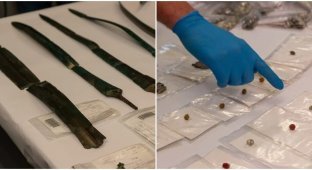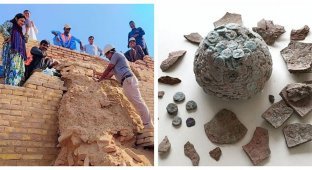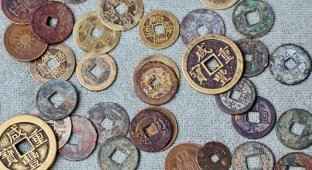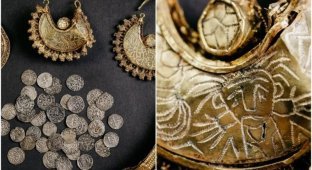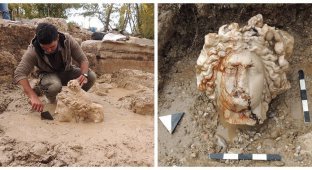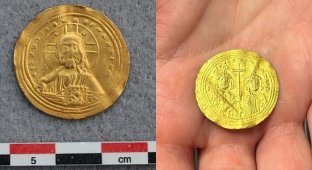Treasure from the time of the uprising against the Romans was discovered in Israel (5 photos)
A recent discovery by archaeologists provides invaluable information about the life of Jews in the ancient Roman era. During excavations at Lod, located in central Israel, impressive stone and marble artifacts, inscriptions in Greek, Latin and Hebrew, and coins were found among the ruins of the building. 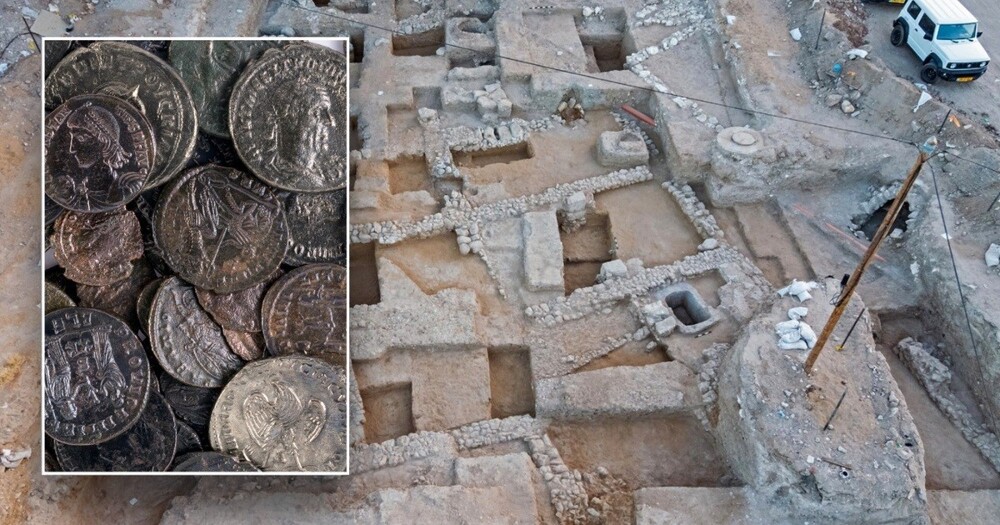
"These inscriptions, as well as the absence of pig bones among the animal remains found at the site, indicate the building's connection to the Jewish community," the Israel Antiquities Authority (IAA) explained.
Experts also found a treasure of 94 coins, which are approximately 1650 years old. 
The IAA dates the find to the Jewish revolt against Constantius Gallus, which began in 351 AD.
"The last coins date from the time of the revolt against Gallus (351-354 AD). Although written evidence of these events is scanty, there are texts that large Jewish communities such as Lod, Zipori and Tiberias were destroyed by the troops of the Roman Caesar Flavia Constance Galla." 
Historians claim that the treasure was hidden during the uprising.
Two excavation experts, Shachar Crispin and Mor Wiesel, noted that the "magnificent" building likely served as a home for the city's elders.
"We know from Talmudic literature that Lod was the most important Jewish center after the destruction of the Second Temple in Jerusalem. The building, destroyed to its very foundations, demonstrates that the rebellion was suppressed with force and brutality. At the moment, this is the only evidence of the scale of the rebellion in Lod," - experts say. 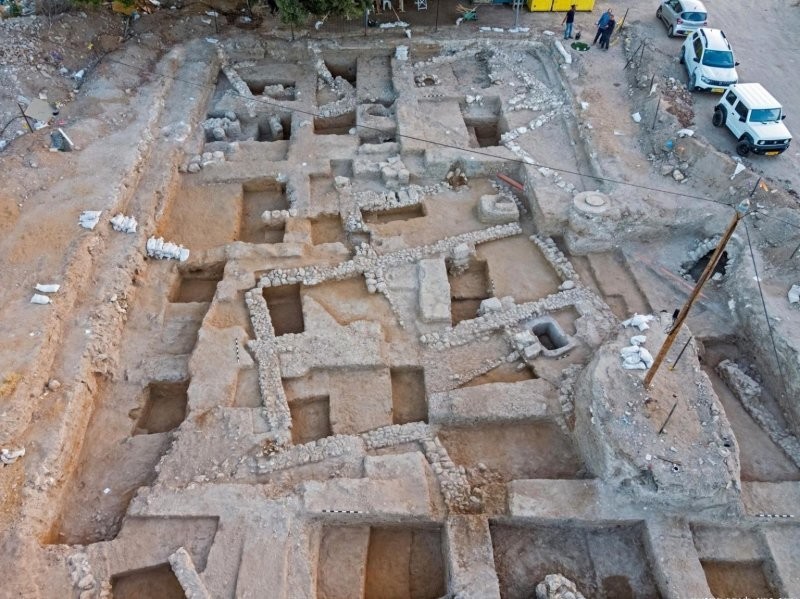
“This is another link in the chain of Lod’s heritage from the Tannaitic period, where the authors of the Mishnah lived, and the city’s Jewish history. The findings prove that Lod is one of the oldest cities in the world,” said Mayor Yair Revivo. 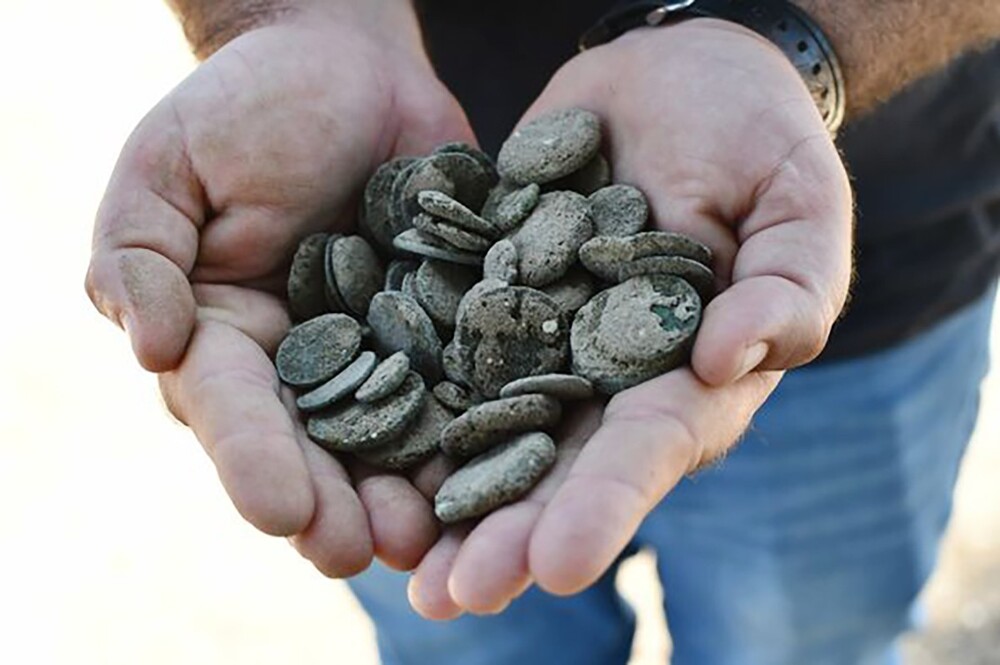
“It is difficult to determine whether the building served as a synagogue, an educational institution or a meeting place for elders,” says Professor Joshua Schwartz. “However, the size of the building, the treasure and other archaeological finds are consistent with the description of Lod in Jewish and non-Jewish sources, where it appears as the center of true Jewish life in era of the Mishnah and Talmud."












